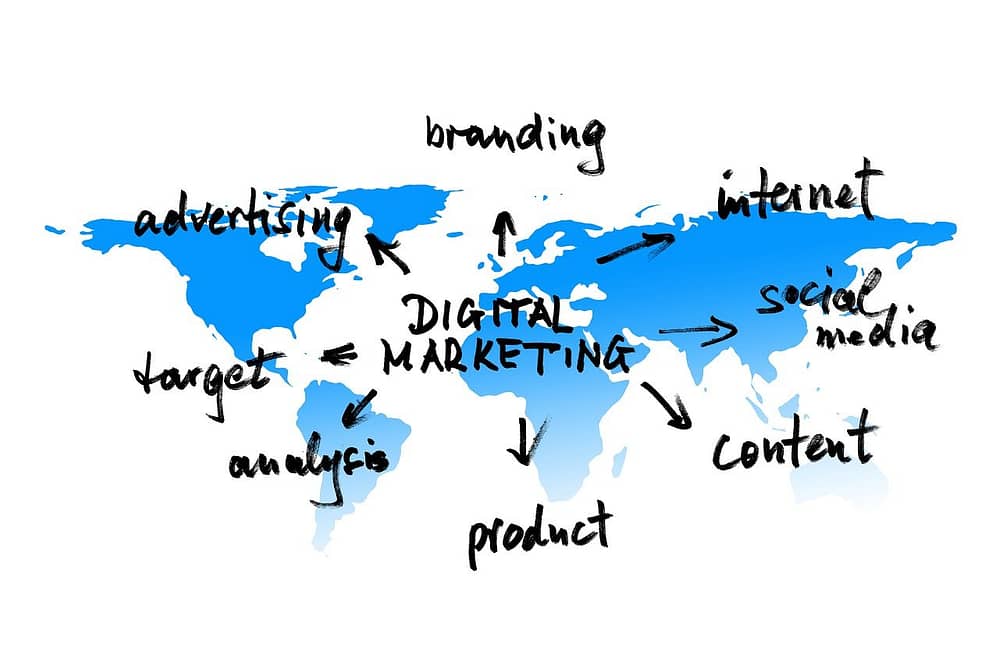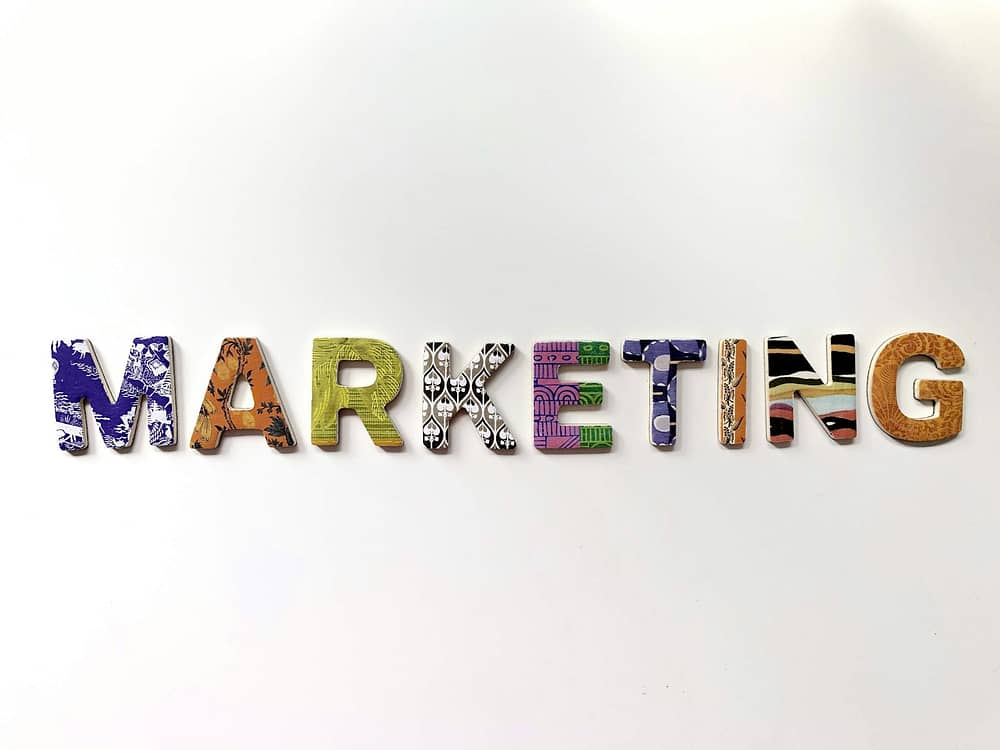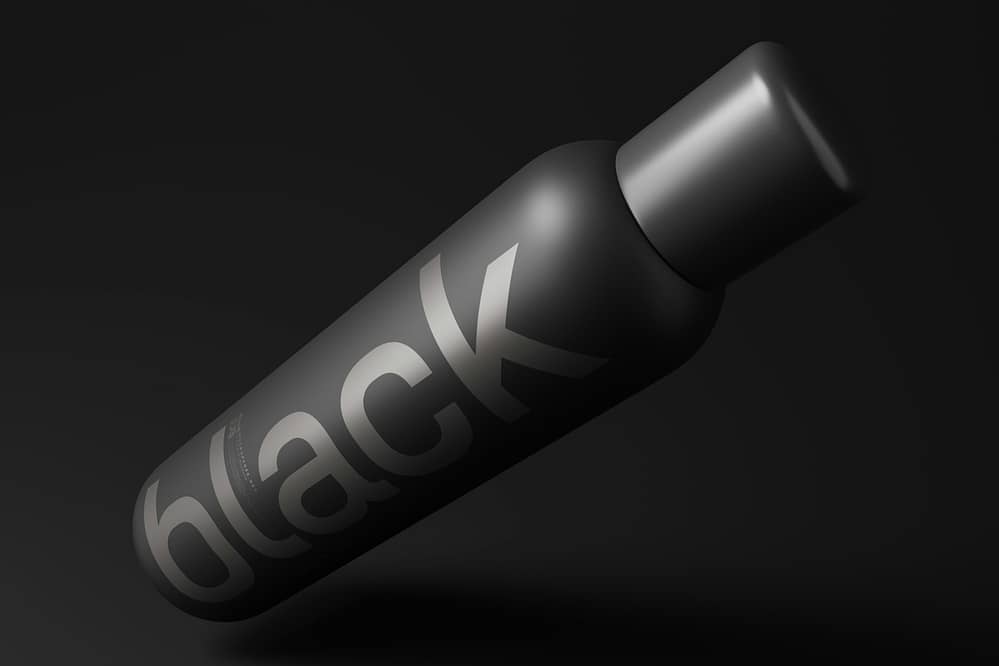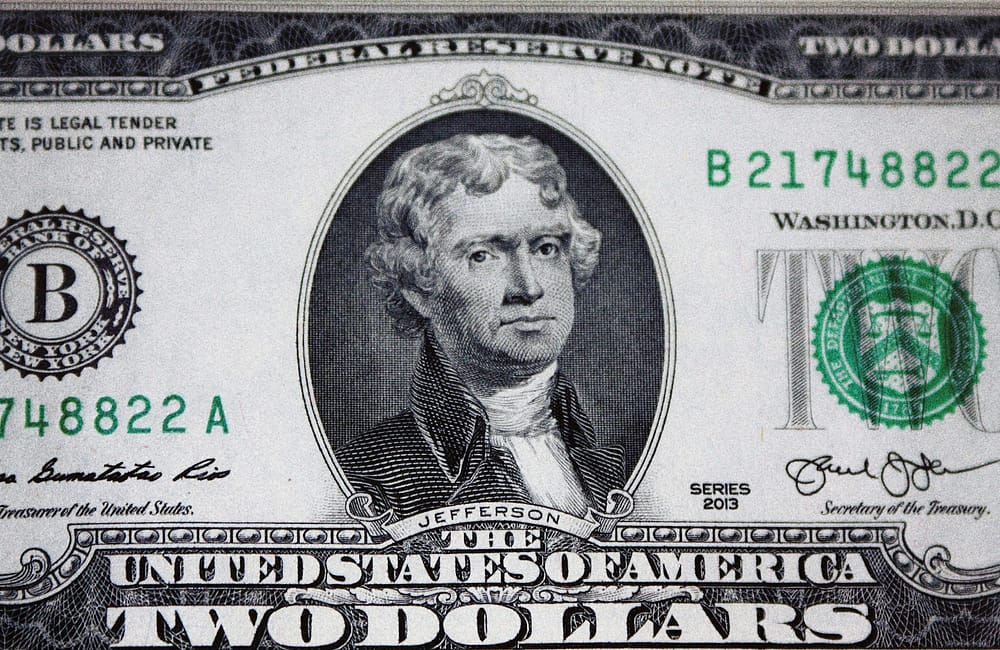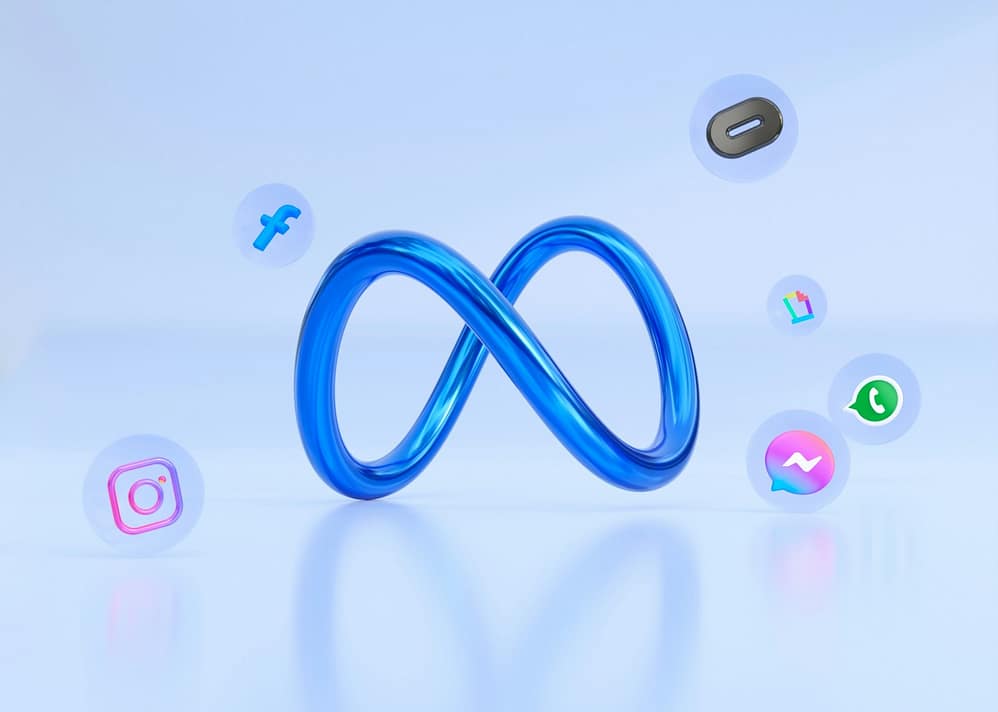What Exactly is Digital Marketing? Why You Need It and How to Start (With Examples)
So… What’s All the Digital Fuss About?
If you’ve been anywhere near the internet in the past decade (and I’m guessing you have, since you’re here), you’ve probably heard the phrase digital marketing tossed around like confetti at a wedding.
Some people think it’s just “posting stuff online.” Honestly, when I first heard the term, I thought it meant selling USB cables at a discount. Others imagine it as some mysterious, high-tech wizardry where marketers in dark rooms watch your every click. The truth? It’s somewhere in between… minus the dark rooms (hopefully).
Table of Contents
At its core, digital marketing is how you use the internet to connect with the right people, build trust, and gently guide them toward buying what you offer. If you’re just starting your online journey, you might want to peek at how to start a tech business step by step. It’ll give you the bigger picture.
Think of it like dating in the online age: instead of flowers and awkward small talk, you’re using blog posts, social media, and ads to impress your audience and make them say, “Yes, I’ll go out with you… and buy your product.”
Part 1: What Exactly Is Digital Marketing?
The textbook definition goes like this:
Digital marketing is the use of online channels, platforms, and strategies to promote products, services, or brands to a target audience.
Boring, right? Here’s mine:
Digital marketing is shouting from the internet’s rooftop — but instead of annoying people, you attract the exact ones who actually want to hear from you.
If you’ve ever wondered why your site isn’t showing up on Google, I explained it in detail here: Why is Your Website Not Ranking High on Search Engines?.
Key Types of Digital Marketing (Explained with Real-Life Humor)
1. Search Engine Optimization (SEO)
- What it is: Tweaking your website so Google says, “This site is amazing — let’s put it at the top.”
- Example: A bakery in Lagos optimizes their site for “best cakes in Lagos” so cake lovers find them instantly.
- Why it matters: 75% of people stop at Google’s first page and never look further (source). Being on page two is like having a store with no sign.
Confession time: I once tried ranking for “best vibes online.” Shockingly, no one was searching for that. Keywords matter! If you’re struggling with ranking, check this out: Why is Your Website Not Ranking?.
2. Content Marketing
- What it is: Creating valuable blogs, videos, or guides that attract and educate your audience.
- Example: A fitness coach shares free workouts on Instagram and their blog.
- Why it matters: Content builds trust — and trust is the internet’s real currency.
Want to see content marketing in action? Read how to use an AI writer without losing your voice.
3. Social Media Marketing
- What it is: Using Facebook, Instagram, TikTok, or X (Twitter) to connect with your audience.
- Example: A clothing brand posts reels of styling tips, behind-the-scenes bloopers, and customer shoutouts.
- Why it matters: Your audience is already scrolling — meet them there.
Warning: Don’t try to conquer all platforms at once. That’s like trying to learn five instruments in a week. Pick one, master it, then expand.
HubSpot has a great breakdown on social media marketing.
4. Email Marketing
- What it is: Sending useful updates and offers straight to inboxes.
- Example: A bookstore emails “Book of the Month” picks with discounts.
- Why it matters: Email still has one of the highest ROIs (source).
I once wrote an email campaign that got zero opens — until I changed the subject line to “You forgot this!” Suddenly, people clicked. Proof that subject lines matter.
5. Paid Advertising (PPC)
- What it is: Paying for ads on Google or social platforms.
- Example: A travel agency runs ads for “cheap flights to Dubai” and only pays when people click.
- Why it matters: Instant visibility, especially for new businesses.
Not sure where to start? Here’s my beginner’s guide on Facebook Ads.
6. Affiliate Marketing
- What it is: Partnering with influencers or bloggers who promote your product for a commission.
- Example: A tech blogger recommends a laptop and earns a cut per sale.
- Why it matters: It’s like having a commission-only sales team that markets for you.
Neil Patel explains affiliate marketing well.
✅ Quick Action Checklist:
- Choose ONE digital marketing type to focus on.
- Experiment for 30 days.
- Track results.
- Then move to the next.
Part 2: Why You Need Digital Marketing (Even if You Think You Don’t)
You might think, “My business is fine without it.” Sure, so was Blockbuster — until Netflix showed up in pajamas with snacks.
Skipping digital marketing is like refusing to use GPS in a new city — technically possible, but unnecessarily painful.
1. Your Customers Are Online All the Time
They’re Googling “best sneakers near me,” scrolling TikTok for outfit inspo, and reading reviews before buying a blender.
Storytime: I once launched a side hustle offline. The only people who knew were my mom and two cousins — and one of them didn’t even buy. Don’t be me.
Over 5 billion people are online. That’s your audience.
2. It’s Cheaper and Smarter Than Old-School Marketing
Billboards cost millions and don’t tell you who actually looked. Digital lets you start with $10 and track every click.
Learn more in how to advertise a website step by step.
3. You Can Target Exactly Who You Want
Want left-handed guitarists in Nairobi who love jazz? Done. Traditional ads can’t do that.
4. You Build Relationships, Not Just Sales
Digital marketing lets you build long-term connections through blogs, emails, and social engagement.
See how businesses use content to build trust.
5. Your Competition is Already Doing It
If you’re not online, your competition is already winning your customers.
✅ Quick Action Checklist:
- Google your product/service + your city.
- If you’re not showing up, your competition already is.
- Start with one online channel.
Comparison: Traditional vs Digital Marketing
Here’s why digital wins for beginners:
| Traditional Marketing | Digital Marketing |
|---|---|
| Billboards, TV, Radio | Social media, Google ads, SEO |
| Hard to measure impact | Track every click & conversion |
| Expensive upfront | Start small with $10–$20 |
| Broad audience | Highly targeted (age, location, interests) |
| One-way communication | Two-way engagement (comments, DMs, shares) |
Bottom line: Digital is cheaper, smarter, and friendlier for small businesses.
Part 3: How to Start Digital Marketing (Beginner’s Roadmap)
Starting can feel like standing in front of a buffet — everything looks good, but where do you even begin? Here’s the starter plate:
- Define Your Goals → Do you want more sales, awareness, or leads? Don’t just say “get famous.” That’s not a goal.
- Know Your Audience → Who are they? Where do they hang out? What problems do they have?
- Choose Your Platforms → Go where your people already are.
- Create a Content Plan → Mix tips, tutorials, memes, and customer stories.
- Start Small with Ads → Test with $10–$20. Learn, then scale.
- Track & Adjust → Use free tools like Google Analytics or SEO tools.
Part 4: Deep Dive into Major Platforms
- Facebook & Instagram (Meta Ads): Best for broad audiences. Start with boosted posts before full campaigns.
- TikTok: Short, fun, viral videos. No, you don’t have to dance.
- LinkedIn: Goldmine for B2B. Share insights, not sales spam.
- Google Ads: Instant visibility when people search. Start with exact-match keywords.
- SEO Tools: Start free (Google Search Console, Ubersuggest). Upgrade later (Ahrefs, SEMrush).
Part 5: A Real-Life Beginner’s Experiment
I once promoted custom-designed notebooks:
- Posted daily on Instagram with hashtags.
- Ran a $15 Facebook ad.
- Wrote a blog post on “5 Reasons Handwritten Notes Still Matter.”
Results:
- 1,200 followers in two months.
- 300 ad clicks.
- 25 notebook sales.
And yes, I screamed when the first real sale came in. I checked three times to make sure it wasn’t my cousin again.
Want to run your own test? Start here: Beginner’s Facebook Ads Guide.
Part 6: Common Beginner Mistakes
- Trying to be everywhere → Burnout.
- Ignoring analytics → Flying blind.
- Posting only sales pitches → People want value first.
- Quitting too soon → It’s like doing one sit-up and expecting abs.
Part 7: Your Quick Digital Marketing Starter Kit
- A simple website → Try WordPress or Wix.
- One social media platform → Don’t juggle five.
- Free analytics tool → Google Analytics.
- Design tool → Canva.
- Patience → Seriously, this is the real secret weapon.
FAQs About Digital Marketing for Beginners
Q: Is digital marketing hard?
Not really — it’s like learning to ride a bike. Wobbly at first, but smoother with practice.
Q: How much budget should I start with?
As little as $10–$20 on ads. Test small, scale what works.
Q: How long does it take to see results?
SEO may take 3–6 months. Ads can bring traffic instantly. Consistency is key.
Q: Do I need all types of digital marketing at once?
Nope. Start with one, master it, then add more.
Q: Do I need a website to start digital marketing?
Technically no — social media works too. But a website makes you look professional, helps with SEO, and gives you full control.
Q: Can AI tools replace digital marketers?
Nope. They help speed things up (see how to use AI writers effectively), but human creativity and strategy still win.
The Takeaway
Digital marketing isn’t optional anymore. It’s the bridge between your business and billions of people online.
Start small, learn as you go, and don’t be afraid of mistakes. Your first post might flop, your first ad might be a dud, but every pro once stood where you are — with too many open tabs and a “What am I doing?” face.
If you’re serious about learning digital marketing, start with these beginner-friendly guides on Voob.com.ng:
- How to Advertise a Website
- Beginner’s Facebook Ads Guide
- Why Your Website Isn’t Ranking
Hi, I’m Prince Stephen Mordi, the mind behind Voob.com.ng. I write simple, beginner-friendly guides on tech, blogging, and making money online. My goal is to help you navigate the internet without headaches—because tech doesn’t have to be complicated!

